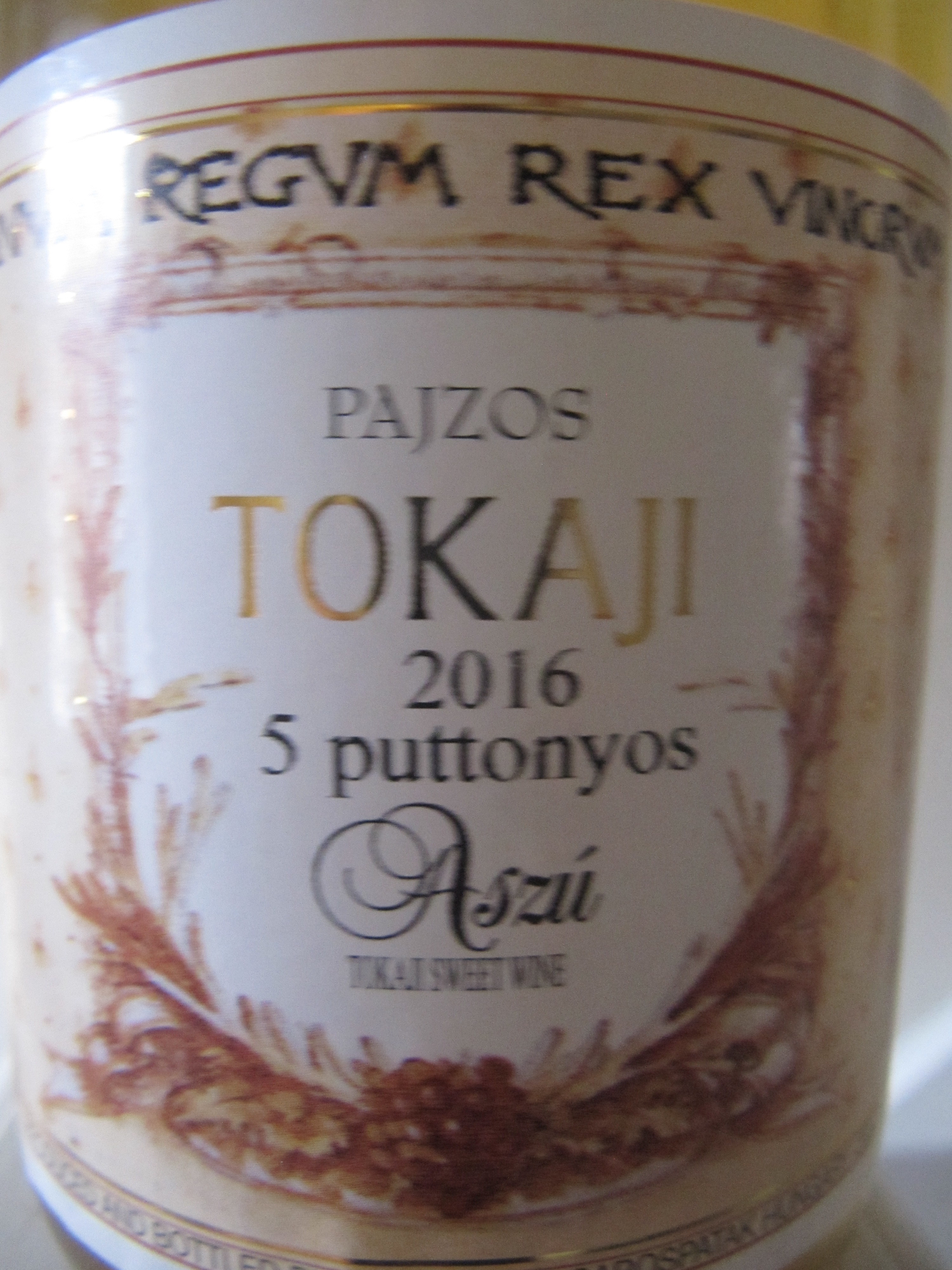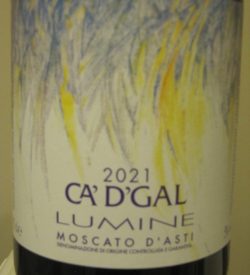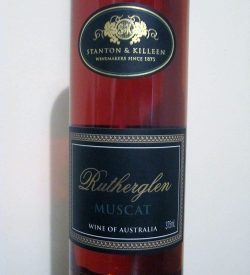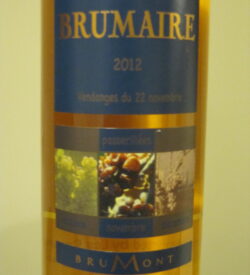2016 Pajzos, Tokaji Aszú, 5 Puttonyos, Tokaji, Hungary
£36.95
6 in stock
Description
Roving Sommelier is passionate about premium quality dessert wines. Tokaji is many dessert wine lovers’ favourite Hungarian wine style and Pajzos has developed a fine reputation internationally, especially with connoisseurs of sweet wines and iconic vineyards in Tokaji.
What is more, over the years, as a top-flight restaurant wine buyer and sommelier, I have been extremely fortunate to get my hands on and taste many vintages of such rare and special wines. These highly prized jewels, amongst others are the cornerstone of my Roving Sommelier Collection. I have also been lucky enough to visit the Pajzos winery located in the Tokaji region in north-eastern Hungary. Tokaji is a very distinctive wine with a unique method of production.
Tokaji has been known as the “Wine of Kings, King of Wines” since the 18th century. Tokaji wine became the subject of the world’s first appellation control, established several decades before Port wine, and over 120 years before the classification of Bordeaux. Vineyard classification began in 1730 with vineyards being classified into three categories depending on the soil, sun exposure and potential to develop ‘noble rot’, (botrytis cinerea), first-class, second-class, and third-class wines. A royal decree in 1757 established a closed production district in Tokaj. The classification system was completed by the national censuses of 1765 and 1772.
Six grape varieties are officially approved for Tokaji wine production. Furmint accounts for 60% of the area and is by far the most important grape in the production of Aszú wines. Hárslevelű stands for further 30%. Nevertheless, an impressive range of distinct types and styles of wines are produced in the region, ranging from dry whites to the “Eszencia”- the world’s sweetest wine.
Aszú: This is the world-famous sweet, topaz-coloured wine known throughout the English-speaking world as Tokay. The original meaning of the Hungarian word Aszú was “dried”, but the term aszú came to be associated with the type of wine made with botrytised (i.e., “nobly” rotten) grapes. The process of making Aszú wine is as follows.
Aszú berries are individually picked by hand, then collected in huge vats and trampled into the consistency of a paste (known as Aszú dough).
Must or wine is poured on the Aszú dough and left for 24–48 hours, stirred occasionally. The wine is racked off into wooden casks or vats where fermentation is completed and the Aszú wine is to mature. The casks are stored in a cool environment, and are not tightly closed, so a slow fermentation process continues in the cask, usually for several years.
The concentration of Aszú was traditionally defined by the number of ‘puttony’ of dough added to a Gönc cask (136 litre barrel) of wine. Nowadays the ‘puttony’ number is based on the content of sugar and sugar-free extract in the mature wine. Aszú ranges from three Puttonyos to six Puttonyos (the sweetest), with a further category called Aszú-Eszencia representing wines above 6 puttonyos. Unlike most other wines, alcohol content of Aszú typically runs higher than 14%. Annual production of Aszú is less than one percent of the region’s total output.
A beautiful Aszú with notes of botrytis, dried apricots, honeycomb, and toffee. Best enjoyed served chilled in a convivial atmosphere. Food pairings include sweet pancakes and desserts with tropical fruits, duck or goose liver and blue cheeses.
Alcohol: 12% abv (50cl)
Closure: Cork
Grape varieties: Furmint; Hárslevelű and Muscat
Flavour Profile: Unctuous, Rich, Extremely sweet, Caramelised citrus fruits, Honey, Complex. Perfect with foie gras and blue cheese.






Reviews
There are no reviews yet.